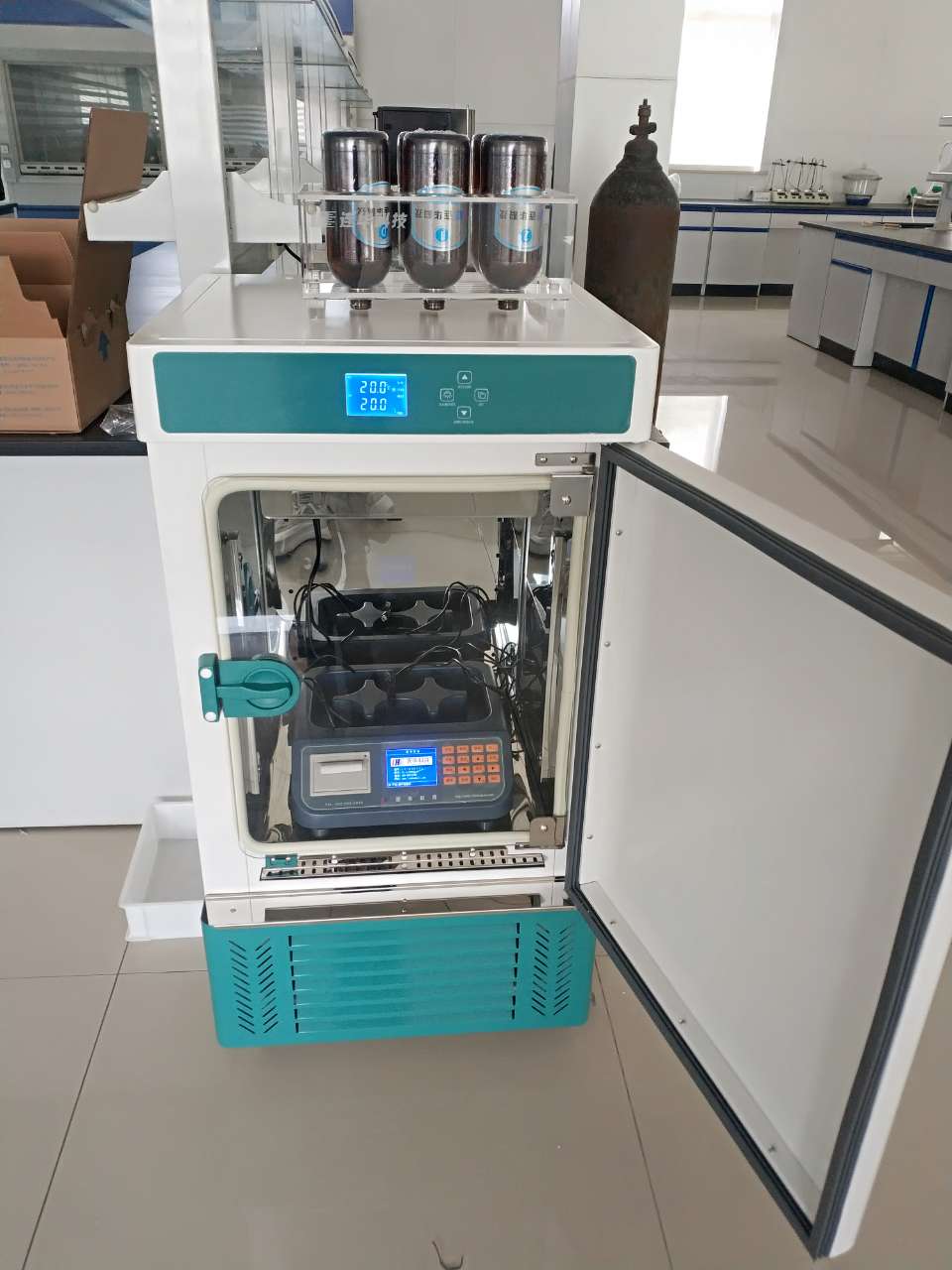Industry News
-
Methods for rapid detection of suspended solids
Suspended solids, as the name implies, are particulate matter that floats freely in water, usually between 0.1 microns and 100 microns in size. They include but are not limited to silt, clay, algae, microorganisms, high molecular organic matter, etc., forming a complex picture of the underwater m...Read more -
What problems does the COD instrument solve?
The COD instrument solves the problem of quickly and accurately measuring the chemical oxygen demand in water bodies, so as to determine the degree of organic pollution in water bodies. COD (chemical oxygen demand) is an important indicator for measuring the degree of organic pollution in water...Read more -
Application of ORP in sewage treatment
What does ORP stand for in sewage treatment? ORP stands for redox potential in sewage treatment. ORP is used to reflect the macro redox properties of all substances in aqueous solution. The higher the redox potential, the stronger the oxidizing property, and the lower the redox potential, the str...Read more -
Nitrogen, Nitrate Nitrogen, Nitrite Nitrogen and Kjeldahl Nitrogen
Nitrogen is an important element that can exist in different forms in water and soil in nature. Today we will talk about the concepts of total nitrogen, ammonia nitrogen, nitrate nitrogen, nitrite nitrogen and Kjeldahl nitrogen. Total nitrogen (TN) is an indicator commonly used to measure the tot...Read more -
Development of BOD detection
Biochemical oxygen demand (BOD) is one of the important indicators to measure the ability of organic matter in water to be biochemically degraded by microorganisms, and is also a key indicator to evaluate the self-purification capacity of water and environmental conditions. With the acceleration ...Read more -
Development of chemical oxygen demand (COD) detection
Chemical oxygen demand is also called chemical oxygen demand (chemical oxygen demand), referred to as COD. It is the use of chemical oxidants (such as potassium permanganate) to oxidize and decompose oxidizable substances in water (such as organic matter, nitrite, ferrous salt, sulfide, etc.), an...Read more -

Determination of residual chlorine/total chlorine by DPD spectrophotometry
Chlorine disinfectant is a commonly used disinfectant and is widely used in the disinfection process of tap water, swimming pools, tableware, etc. However, chlorine-containing disinfectants will produce a variety of by-products during disinfection, so the safety of water quality after chlorinatio...Read more -
Introduction to DPD colorimetry
DPD spectrophotometry is the standard method for detecting free residual chlorine and total residual chlorine in China’s national standard “Water Quality Vocabulary and Analytical Methods” GB11898-89, jointly developed by the American Public Health Association, the American Wate...Read more -

The relationship between COD and BOD
Speaking of COD and BOD In professional terms COD stands for Chemical Oxygen Demand. Chemical Oxygen Demand is an important water quality pollution indicator, used to indicate the amount of reducing substances (mainly organic matter) in the water. The measurement of COD is calculated by using str...Read more -

Water quality COD determination method-rapid digestion spectrophotometry
The chemical oxygen demand (COD) measurement method, whether it is the reflux method, the rapid method or the photometric method, uses potassium dichromate as the oxidant, silver sulfate as the catalyst, and mercury sulfate as the masking agent for chloride ions. Under the acidic conditions of su...Read more -

How to make COD testing more accurate?
Control of COD analysis conditions in sewage treatment 1. Key factor—representativeness of the sample Since the water samples monitored in domestic sewage treatment are extremely uneven, the key to obtaining accurate COD monitoring results is that the sampling must be representative. To achie...Read more -
Turbidity in surface water
What is the turbidity? Turbidity refers to the degree of obstruction of a solution to the passage of light, which includes the scattering of light by suspended matter and the absorption of light by solute molecules. Turbidity is a parameter that describes the number of suspended particles in a li...Read more




